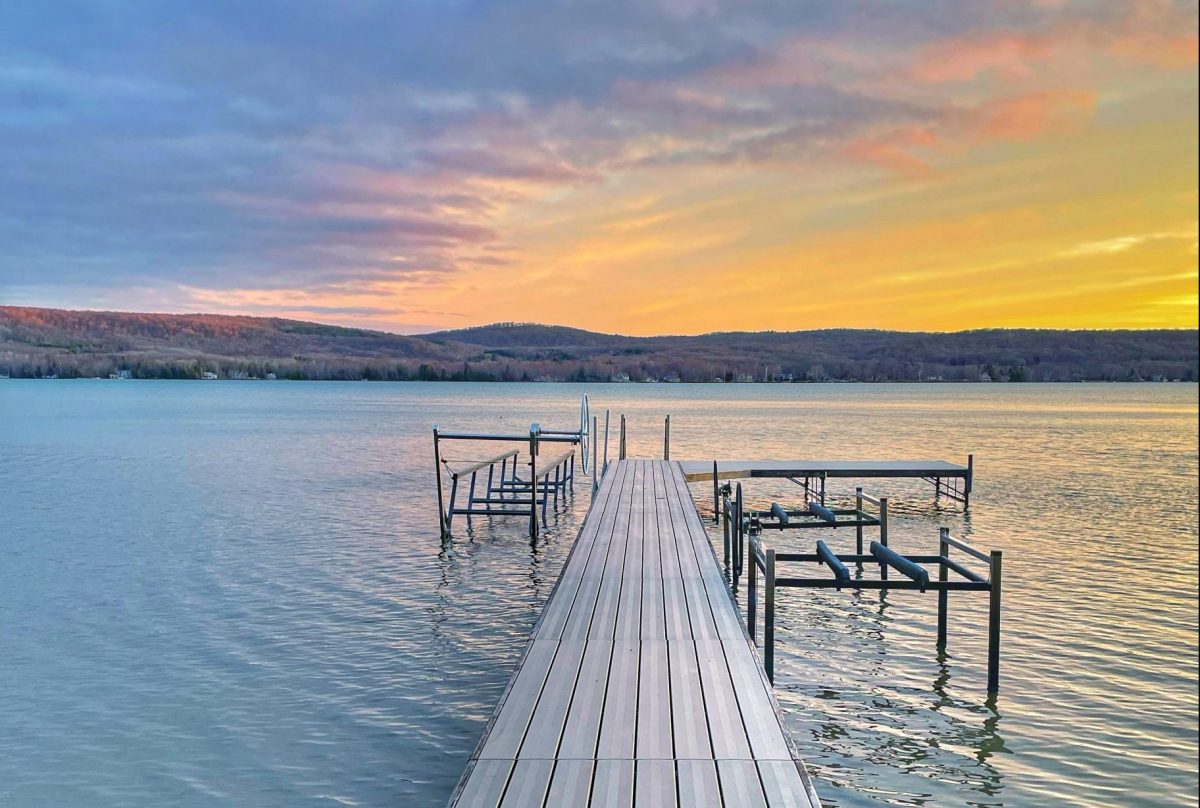living on the water
People living on the water play a crucial role in watershed protection. The manner in which waterfront property is maintained or improved has a significant impact on the health of the Glen Lake/Crystal River Watershed — for better or for worse! Luckily, what’s best for the watershed is often mutually beneficial for you and your property. Learn how protect the water through implementation of best practices and more!
The Glen Lake Association Is Here for You!
When it comes to living a watershed-friendly lifestyle, we are your one-stop shop for information, assistance, and advice. A watershed-friendly lifestyle is about balancing what works for you with what works to protect the lakes and river. Working together, we can keep Glen Lake and its surrounding waterbodies healthy, clear, and blue for generations to come.
How can you learn more about protecting the water?
request a HOMESITE CONSULTATION
Schedule a free consultation to learn about how to make your home and property river or lake-friendly.
check out our resources
We have a wealth of information right at your fingertips! Explore by topic to learn best practices for watershed protection.
take a DISCOVERY BOAT TOUR
Our watershed scientist reveals what makes Glen Lake so special and how to protect this incredible natural resource.
Ask us about living on or near the water
Don’t hesitate to contact us with questions or concerns. You are the “eyes and ears” of the Glen Lake Association and best positioned to monitor and report on water conditions.
For Example…
- How can I stop erosion along my shoreline or streambank?
- What should I do if I see an invasive plant or animal species?
- What if I notice changes or unusual activity on or near the water?
- Why is the water level so low?
WHAT YOU DO MAKES A DIFFERENCE
There are many ways to make water-friendly choices which will protect the river and lakes while simultaneously improving the value of your property and your quality of life.
BEST PRACTICES for living on the water
- Plant Native Vegetation — Planting native vegetation along the water’s edge will not only beautify your landscape but is also the most effective way to prevent erosion. Learn more about best practices for Landscaping or Shoreline & Streambank Preservation.
- Maintain Your Septic System — Each year, hundreds of thousands of gallons of waste water soak into the ground around Glen Lake. Regular septic system maintenance not only protects the water and groundwater from harmful bacteria but also extends its life. Learn more about best practices for Septic Systems.
- Avoid Using Fertilizer — Collectively, hundreds of riparians apply thousands of pounds of phosphorous-based fertilizer to their lawns and gardens each year. Avoiding these chemicals is not only safer for your family and pets but also prevents murky water caused by over-stimulated growth of aquatic plants. Learn more about best practices for Lawn Care.
- Choose Permeable Materials — Using permeable materials on your driveway, patios, and walkways naturally slows stormwater runoff, helping to prevent excess nutrients and toxins from entering the water. Learn more about best practices for Hardscaping & Impervious Surfaces.
- Use Lake-Friendly Products — Many household products contain phosphorus or other hazardous chemicals which enter the groundwater via your septic system and can cause damage to the watershed. Learn more about best practices for Lake-Friendly Products.
Would you like to learn more about these and other best practices?
TAKE THE SHORELINE SURVEY
Take the Michigan Lakes & Streams Shoreline Survey to find out how your home and property currently rate. In the process, you’ll learn more about best practices for watershed protection.
BECOME A GLEN LAKE GUARDIAN
Our flagship program for riparians recognizes your commitment to adopting and implementing best practices. Join your neighbors and become a guardian by taking the pledge today!
Planning for the Future: Learn more about the proposed Overlay District
Gaining support for a future plan isn’t easy, especially when the need isn’t readily apparent. A casual look along the shorelines and across the lakes suggests that all is well. It’s tempting to think, “Our water quality is great! Let’s just keep doing what we’re doing.” It begs the question, “Why change?”
In fact, water quality degradation is often slow and occurs incrementally over time. Increased recreational use of our lakes and rivers, combined with the aging process accelerated by even well-functioning septic systems, can cause irreversible damage. Our vibrant blue waters could turn green and become unsightly. If that were to happen, it would be impossible to roll back the clock.
Supplemental zoning is one tool available at our disposal to help protect the water. This type of zoning is often referred to as an overlay district and would apply only to future development. Learn more about the proposed overlay district and why it’s so important to the future of the watershed.
